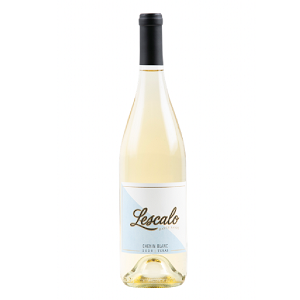Wine is Food
Wine is made from fruits, more specifically grapes. Grapes have evolved over centuries with over 8,000 grape varietals in existence. What you eat, or in the case of wine drink, does affect you in a variety of ways. Grapes used to make wines have sugar levels from 19% to almost 30%. The grapes you buy in the grocery store usually have sugar levels of 9%. Wine grapes are exceptionally sweet and concentrated in flavors. The flavors you taste in the wine are natural with no flavor additives in the wines. Those wine sugars are carbohydrates and are used by yeasts to convert to alcohols. As a result, those alcohols are close to the same calories as the original sugar content. During fermentation, the yeast do emit heat provided by some of the sugar consumption. However, the majority of the sugars’ caloric value and carbohydrate values are still in the wine.
Wines do have different calorie levels. Red wine grapes have more sugars than white wine grapes. As a result, you will experience higher calories and also higher alcohol levels than white wines. If you want wines with lower calories, consume white wines. In addition, several wineries are working in developing even lower caloric wines by harvesting earlier before sugar levels get above 20% sugar levels in the vineyards. As an aside, rose wines are made from red grapes and do have more calories than white wines!
One chemical that red wines have is Reservatrol which is a “good” anti-oxidant. This chemical goes to the mitochondria of cancer cells to destroy them. This is a slight advantage for red wines, but the levels of Reservatrol would need to be significantly concentrated to do any serious cancer fighting. Red wines could be considered to assist in lowering your risk of certain kinds of cancer.
The one serious chemical that wine has is alcohol. Alcohol in limited quantities has been found in several clinical studies to be helpful while other studies found wines to be harmful to your body. The key to any alcohol consumption is to limit alcohol consumption. Men are recommended to limit their daily wine consumption to two 6-ounce glasses while women should consume one 6-ounce glass of wine daily. This is a general recommendation so you as the wine consumer should decide what is best for you. The rational for these general recommendations is that men have more body mass than women and that men’s body cells contain higher percentages of water than women.
Consuming wine at moderate levels also leads to better socialization interactions. It also enhances appetites for foods and pairs well with many foods.
Consuming too much alcohol can lead to liver damage, stomach ulcers, dementia, and irresponsible behavior. Alcohol can also impact reaction times which is why limitations are placed on alcohol consumption and driving a motorized vehicle.
Wines were used centuries ago because water supplies were polluted with pathogens. Those early wines had alcohol levels of around 4 to 5% compared to wines today from 12 to 15%. As a result, wine was essential to consume in lieu of the polluted waters in local streams to avoid diseases. Today, we have clean water. However, our wines are higher in alcohol levels so need to be consumed at lower volumes. Today’s wines are a great food, but moderation to avoid the calories and alcohol are essential to good health.







